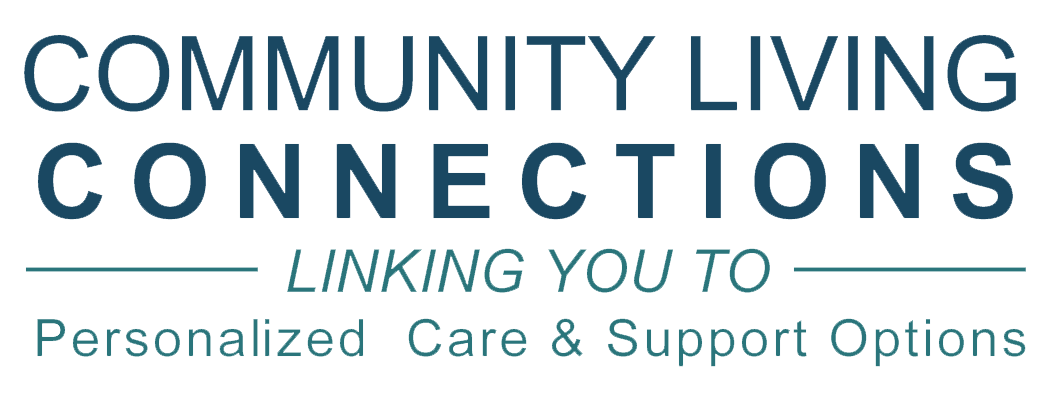Other independent living options
Things to think about in a new independent living situation
Look for design and accessibility features to meet your needs if you become less independent. Consider a single-level house, accessible condominium or apartment, or a retirement community that provides support services such as transportation and housekeeping.
Before you decide to move, also consider:- Your home’s value
- How much equity you have
- The advantages of buying and renting, and related tax and legal issues
- Whether this will be a short- or long-term move
Independent living options
- Living with others often involves moving in with an adult child. Sometimes part of the first floor can be made into a suite or a private apartment can be added.
- Sharing a home with non-family members is growing in popularity. Several programs around the country match homeowners with tenants. The programs look for different generations, draw up rental agreements and settle possible disputes.
- 55+ active-adult communities offer resort-style amenities but no support services. Some require that you buy a home or condo. Others offer rental housing.
- A village is a community that links neighbors together to help one another stay in their homes as they age. Members pay an annual membership fee to bring support and services into their home. Volunteers often provide the services.
- Retirement communities and senior apartments are for people who can live on their own. However, they want services such as maintenance, housekeeping and group dining.
- Government-supported housing is for mature people and people with disabilities with limited incomes and assets. Some facilities also provide meals, transportation and social programs. Waiting lists are common. Contact your local housing office for more information.
View the Facility-based services and supports section to learn about housing options that offer more support.
Connect with Your Local CLC.
Washington’s Community Living Connections staff are available to help you explore your options to meet your current needs or create a plan for the future.Connect now




